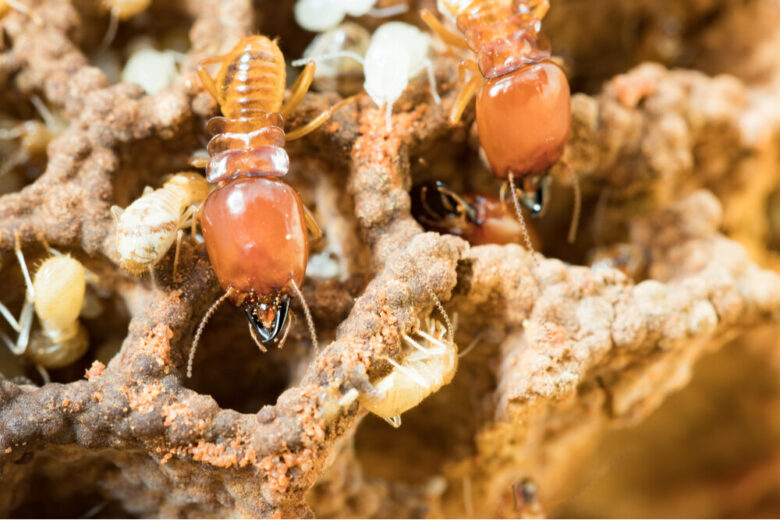Termite control is essential for protecting your home from extensive damage. This guide aims to provide a comprehensive resource on long-term termite prevention.
The Importance of Termite Prevention
Termite control is critical for preventing severe structural damage to homes. Termites cause billions of dollars in damage annually, often undetected until it’s too late. Investing in termite prevention can save homeowners from costly repairs and property devaluation.
Effective termite control requires understanding termite behavior, their signs of infestation, and implementing proactive measures to deter these pests.
By preventing termite infestations, homeowners protect their property and maintain its value, ensuring a safe and secure living environment.
Termite Behavior and Biology
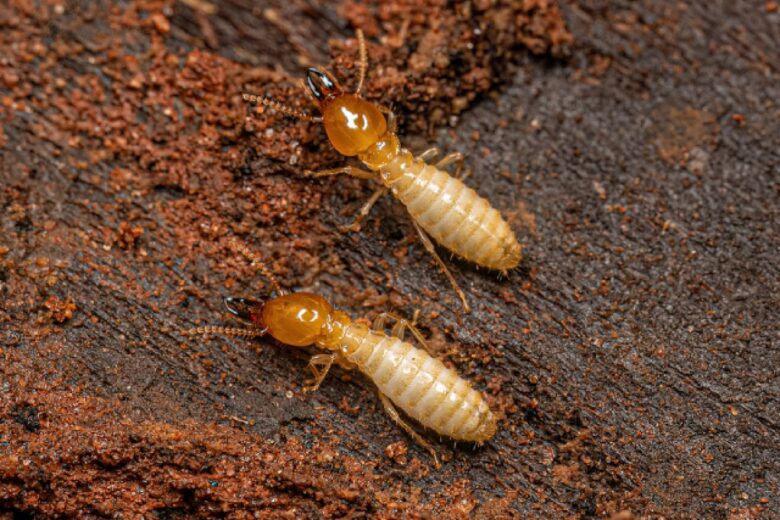
Understanding the behavior and biology of these social insects is fundamental to implementing effective termite control strategies.
They live in colonies characterized by a complex caste system, comprising workers, soldiers, and reproductives, each playing a vital role in the survival and expansion of their community.
Workers are responsible for foraging, feeding, and maintaining the nest, while soldiers defend the colony against threats. The reproductive caste, including the queen and king, is tasked with colony expansion through mating and producing offspring.
These insects thrive in warm, moist environments and feed on cellulose found in wood and other plant materials, making them particularly destructive to structures containing wood. There are three primary types of these insects:
- Subterranean
- Drywood
- Dampwood
Subterranean species build extensive colonies underground and require constant contact with soil, which provides them with the necessary moisture to survive. They typically enter structures through foundational cracks or tunnels, making early detection and soil treatments crucial.
They create small colonies within the wood itself, which can be challenging to detect until significant damage has occurred.
Dampwood species, as their name suggests, prefer wood with high moisture content, often found in decaying logs and stumps, and can sometimes be found in structures with persistent moisture issues.
Detecting Signs of Infestation
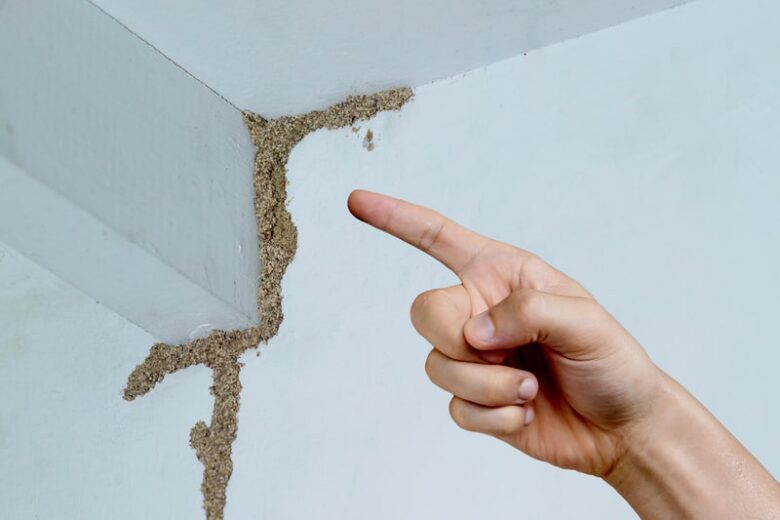
Early detection is vital for successful termite control. Homeowners should regularly inspect their property for signs of termite activity. Mud tubes, created by subterranean termites for moisture and protection, are often found along foundations.
Wood damage, such as hollowed-out wood or maze-like patterns, indicates an infestation. Discarded wings near windowsills or entry points suggest a recent swarm.
Frass, or termite droppings, resembles sawdust and is a clear sign of drywood termites. Identifying these indicators early allows for prompt intervention and minimizes damage.
Effective Strategies for Prevention
Implementing comprehensive termite control strategies involves environmental management, home maintenance, and preventive treatments. Reducing moisture sources is crucial, as termites thrive in damp environments.
Ensure proper ventilation in crawl spaces and attics, and keep gutters clean to prevent water accumulation.
Store firewood and wooden debris away from the home to avoid attracting termites. Regular inspections, sealing cracks, and maintaining clean gutters are essential for early detection and prevention.
Environmental Management Techniques
Managing the environment around your home is a critical component of termite control. Eliminating moisture sources is essential, as termites are attracted to damp areas. Ensure proper drainage around the foundation and fix any leaks promptly.
Proper ventilation in crawl spaces and attics helps to reduce humidity levels. Keeping firewood, lumber, and other wooden materials away from your home reduces the risk of attracting termites.
Maintaining a clear zone around the foundation, free of mulch and plant debris, also deters termites from settling near your home.
Home Maintenance Practices
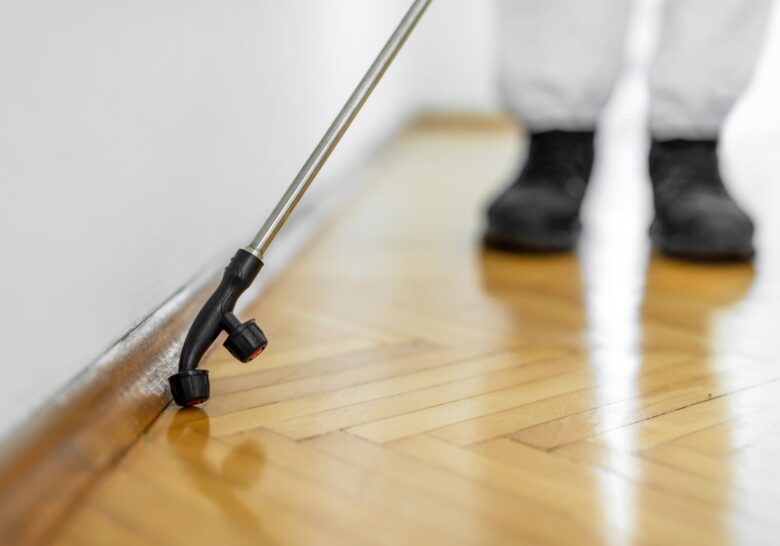
Regular home maintenance is vital for long-term termite control. Schedule professional termite inspections at least once a year to detect early signs of infestation. Seal cracks and crevices in the foundation, walls, and roof to prevent termites from entering.
Keep gutters and downspouts clean to avoid water buildup, which attracts termites. Address any moisture issues promptly, such as leaks or poor drainage. By maintaining your home and addressing potential entry points, you reduce the risk of termite infestations.
Preventive Treatments and Their Benefits
Applying preventive treatments is an essential aspect of termite control. Liquid termiticides create a chemical barrier around the home, deterring them from entering. These treatments are long-lasting and provide ongoing protection.
Termite bait systems involve placing bait stations around the property, which attract and eliminate termites. Regular monitoring and maintenance of these systems ensure their effectiveness.
Wood treatments and physical barriers, such as stainless steel mesh, can also be used to protect vulnerable areas. Combining these treatments with regular inspections and maintenance enhances long-term termite control.
Exploring Termite Treatment Methods
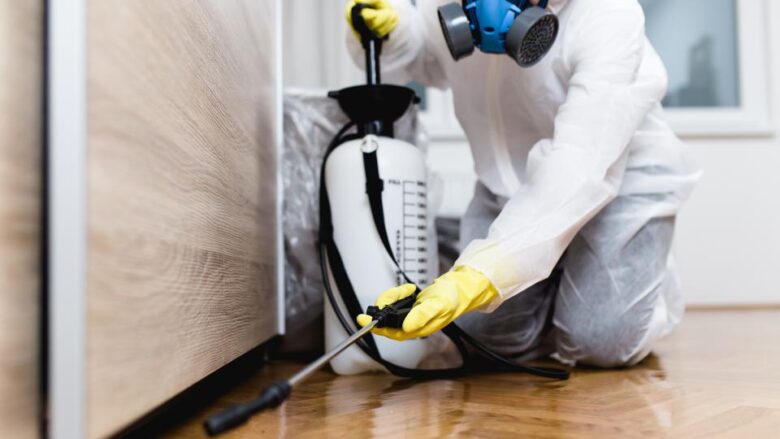
Several termite control methods are available to address infestations effectively. Liquid termiticides work by creating a barrier in the soil around the home. These chemicals kill termites upon contact or ingestion.
Proper application techniques and understanding factors affecting longevity and effectiveness are crucial for success. Termite bait systems involve placing bait stations that attract termites.
The bait is then carried back to the colony, eliminating it. Regular monitoring and maintenance ensure the system’s effectiveness.
Fumigation involves sealing the home and introducing a gas to eliminate termites.
Heat treatments use high temperatures to kill termites, offering a chemical-free alternative. Each method has its pros and cons, and selecting the right one depends on the specific infestation and homeowner preferences.
Choosing the Best Termite Prevention Partner
Selecting a reliable pest control company is crucial for effective termite control. Consider factors such as experience, expertise, and customer satisfaction when choosing a service provider.
A reputable company will offer customized solutions tailored to your home’s needs and provide guarantees for their work.
Evaluate treatment options based on cost, environmental impact, and long-term effectiveness. A professional pest control company will guide you through the process, ensuring the best approach for your situation.
The Importance of Maintenance and Follow-Up
Regular maintenance and follow-up are essential for sustained termite control. Schedule annual inspections to detect any signs of new infestations early. Decide between DIY and professional monitoring based on your comfort level and expertise.
Address any moisture issues promptly, maintain termite barriers, and continually monitor for signs of termites. By staying proactive and vigilant, you can prevent future infestations and protect your home from costly damage.

